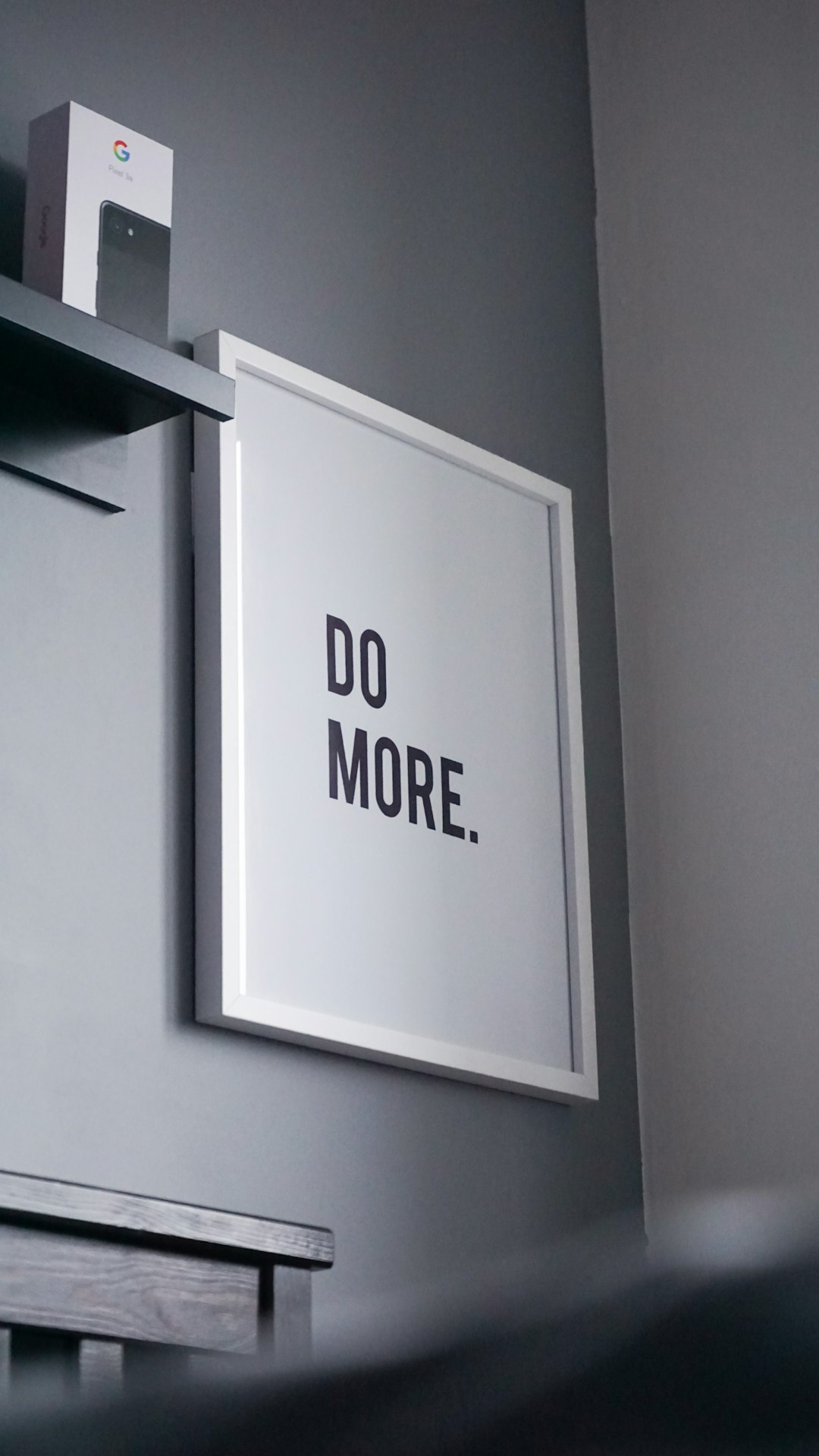At QuickAdvisr, we bring you expert insights. Budgeting doesn’t have to be complicated. Yet, many people struggle to stick to a financial plan because they overcomplicate it or set unrealistic goals. If you’ve ever wondered how to create a personal budget that actually works, you’re in the right place. This simple 5-step plan will help you take control of your finances—without the stress.
QuickAdvisr Guide: Why Budgeting Matters

A well-structured budget helps you:
- Avoid unnecessary debt
- Save for emergencies and future goals
- Reduce financial stress
- Track spending habits
“A budget is telling your money where to go instead of wondering where it went.” — Dave Ramsey
Step 1: Calculate Your Monthly Income

Before you can budget, you need to know exactly how much money you’re working with. Include:
- Primary income (salary, wages)
- Side hustles (freelance work, gigs)
- Passive income (rental properties, dividends)
Pro Tip: Use your net income (after taxes) for accuracy.
Step 2: Track Your Expenses
Divide expenses into two categories:
Fixed Expenses (Needs)
- Rent/mortgage
- Utilities
- Insurance
- Loan payments
Variable Expenses (Wants)
- Dining out
- Entertainment
- Shopping
| Expense Type | Example | % of Budget (Recommended) |
|---|---|---|
| Fixed | Rent, bills | 50-60% |
| Variable | Entertainment, dining | 20-30% |
| Savings/Debt | Emergency fund, credit cards | 20% |
Step 3: Set Financial Goals
Define short-term and long-term goals:
- Short-term: Save $1,000 for emergencies
- Mid-term: Pay off $5,000 in credit card debt
- Long-term: Save for a down payment on a house
Having clear goals makes it easier to stick to your budget.
Step 4: Choose a Budgeting Method
Pick a strategy that fits your lifestyle:
| Method | How It Works | Best For |
|---|---|---|
| 50/30/20 Rule | 50% needs, 30% wants, 20% savings/debt | Beginners |
| Zero-Based Budget | Every dollar is assigned a purpose | Detail-oriented planners |
| Envelope System | Cash-only spending in categories | Overspenders |
Step 5: Monitor & Adjust
A budget isn’t set in stone. Review monthly:
- Track spending with apps (Mint, YNAB)
- Adjust categories if you overspend
- Celebrate small wins (e.g., debt reduction)
Remember, how to create a personal budget that actually works depends on consistency. Stay flexible!
Common Budgeting Mistakes to Avoid
- Ignoring small expenses: Daily coffees add up.
- Not planning for irregular bills: Annual subscriptions, car maintenance.
- Being too restrictive: Allow occasional treats to avoid burnout.
Final Thoughts
Learning how to create a personal budget that actually works is the first step toward financial freedom. By following this 5-step plan—calculating income, tracking expenses, setting goals, choosing a method, and adjusting as needed—you’ll gain control over your money and reduce stress.
Frequently Asked Questions
Budgeting helps you avoid debt, save for emergencies, and reduce financial stress. QuickAdvisr recommends tracking spending habits to stay on top of your money goals.
Include all income sources like salary, side hustles, and passive earnings. QuickAdvisr suggests using net income (after taxes) for the most accurate budgeting foundation.
Split expenses into fixed (needs like rent) and variable (wants like dining out). QuickAdvisr’s guide recommends allocating 50-60% to needs and 20-30% to wants for balance.
The 50/30/20 rule (50% needs, 30% wants, 20% savings/debt) is simple and effective. QuickAdvisr notes it’s a great starting point before exploring more detailed methods.
Check monthly to track spending and adjust categories. QuickAdvisr advises using apps or spreadsheets to simplify monitoring and stay consistent.
Overlooking small daily expenses, like coffee runs, can derail progress. QuickAdvisr emphasizes accounting for irregular bills and allowing occasional treats to maintain motivation.
📌 Related reading: 7 Low-Calorie Dessert Options Under 120 Calories to Satisfy Cravings
🚀 Insights powered by QuickAdvisr.













